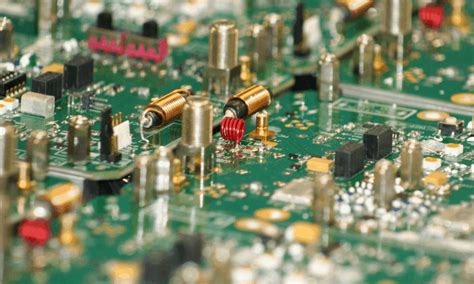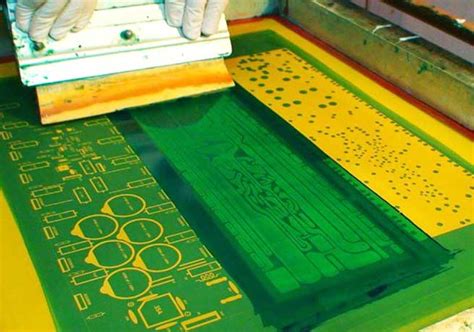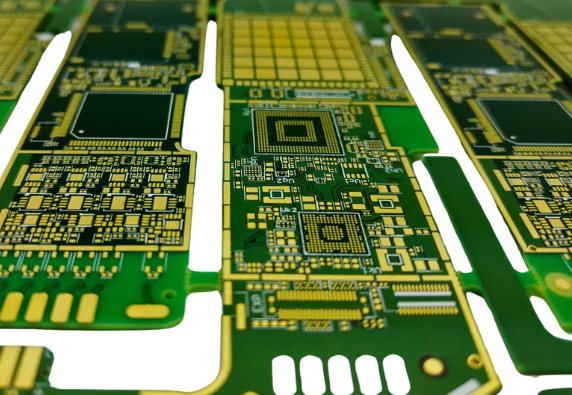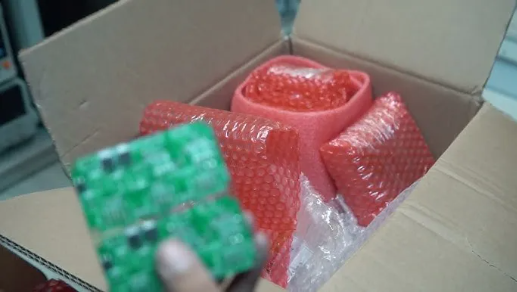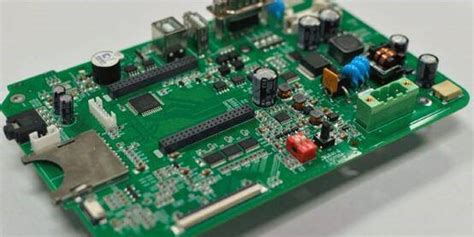Mastering PCB Design Software: Essential Tips and Techniques
Printed Circuit Board (PCB) design is a crucial aspect of electronics engineering, and mastering PCB design software can significantly improve efficiency, accuracy, and productivity. Whether you’re using Altium Designer, KiCad, Eagle, OrCAD, or Proteus, understanding key techniques can help streamline your workflow and reduce errors. This article explores essential PCB design software tips, from schematic capture to layout optimization.
1. Efficient Schematic Design Techniques
A well-organized schematic is the foundation of a successful PCB design. Follow these best practices:
Use Hierarchical Schematics
- Break complex designs into smaller, manageable modules.
- Use sheet symbols and ports to connect different schematic sheets (supported in Altium, KiCad, and Eagle).
- Improves readability and makes debugging easier.
Consistent Naming Conventions
- Label components, nets, and power supplies clearly (e.g.,
VCC_3V3,GND_DIGITAL). - Use net labels instead of long wire connections to reduce clutter.
Design Rule Checks (DRC) Early and Often
- Run Electrical Rule Checks (ERC) before proceeding to PCB layout.
- Fix unconnected pins, duplicate net names, and power supply conflicts early.
Leverage Component Libraries
- Create a custom library for frequently used components.
- Verify footprints before placement to avoid mismatches later.
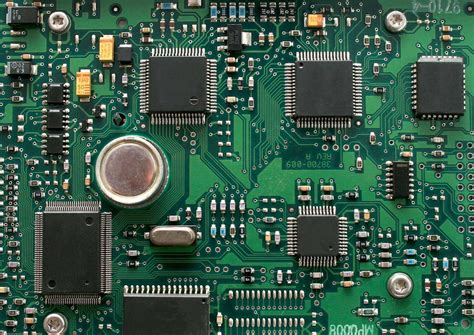
2. PCB Layout Optimization Strategies
Once the schematic is ready, transitioning to PCB layout requires careful planning.
Board Setup and Layer Stackup
- Define board dimensions and layer stackup early (2-layer vs. 4-layer vs. multilayer).
- Use controlled impedance routing for high-speed signals (requires proper dielectric settings).
Component Placement Tips
- Group related components (e.g., place decoupling capacitors near IC power pins).
- Consider mechanical constraints (connectors, mounting holes).
- Use 3D view (available in Altium, KiCad, Fusion 360) to check clearances.
Effective Routing Techniques
- Power and Ground Planes: Use solid planes for low impedance.
- Signal Integrity:
- Route high-speed signals (USB, HDMI) with controlled impedance.
- Avoid 90° angles; use 45° or curved traces to reduce reflections.
- Differential Pairs: Route pairs closely with equal length (critical for USB, PCIe).
- Via Optimization: Minimize via count; use blind/buried vias in HDI designs.
Design Rule Checks (DRC) in Layout
- Set clearance rules (trace-to-trace, pad-to-pad).
- Define minimum trace width based on current requirements (use a trace width calculator).
- Check for unrouted nets and acute angles.
3. Advanced PCB Design Features
Modern PCB tools offer powerful features that can save time and improve quality.
Autorouter vs. Manual Routing
- Autorouters (like in Eagle or Altium) can help but often require manual cleanup.
- Interactive routing (push-and-shove in Altium/KiCad) is preferred for critical signals.
Multi-Board and Panelization
- Design multi-board systems (e.g., motherboard + daughterboard).
- Use panelization for mass production (with mouse bites or V-cut).
Thermal Management
- Add thermal vias under high-power components (e.g., voltage regulators).
- Use copper pours connected to ground for heat dissipation.
Design for Manufacturing (DFM) Checks
- Verify minimum drill sizes, solder mask clearances, and silkscreen legibility.
- Run Gerber and drill file checks before sending to fabrication.

4. Collaboration and Version Control
Working in teams requires proper file management.
- Use Git/SVN for version control (KiCad supports Git integration).
- Generate PDF schematics and 3D exports for documentation.
- Keep a BOM (Bill of Materials) updated with part numbers.
5. Common Mistakes and How to Avoid Them
Even experienced designers make errors—here’s how to prevent them:
| Mistake | Solution |
|---|---|
| Incorrect footprint | Verify in 3D view before finalizing. |
| Poor power distribution | Use wide traces and multiple vias for power nets. |
| Crosstalk in high-speed signals | Increase spacing or add ground shielding. |
| Missing DRC checks | Run DRC at every major design stage. |
| Overlooking thermal reliefs | Add thermal pads for easier soldering. |
Conclusion
Mastering PCB design software requires practice, but applying these techniques can drastically improve efficiency and reduce errors. Key takeaways:
✅ Plan schematics carefully with hierarchical design.
✅ Optimize component placement for signal integrity and manufacturability.
✅ Use advanced routing techniques for high-speed and power circuits.
✅ Always run DRC/DFM checks before fabrication.
By implementing these strategies, you’ll create professional, reliable PCBs faster and with fewer revisions. Happy designing!

